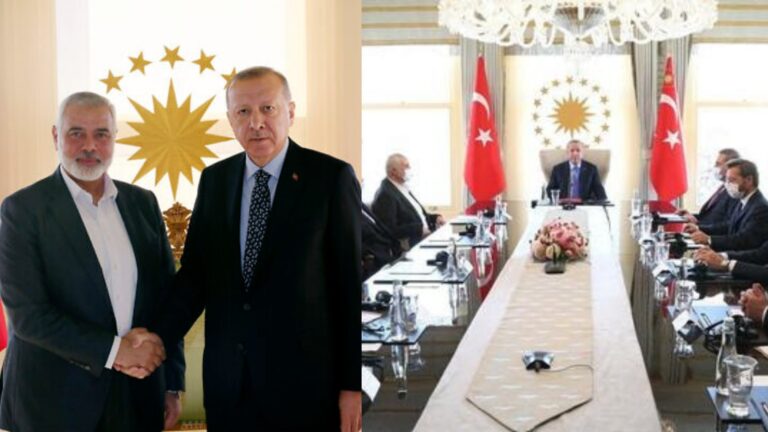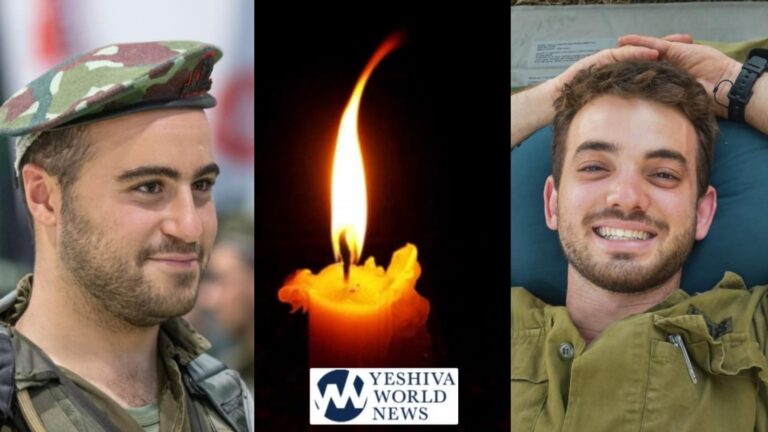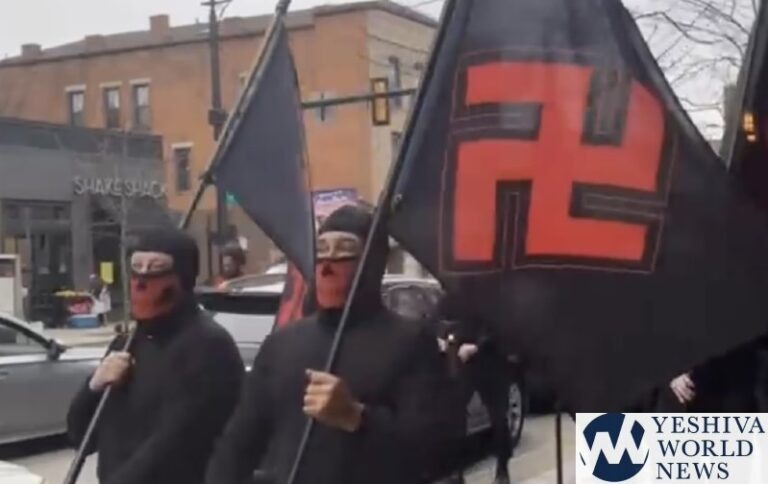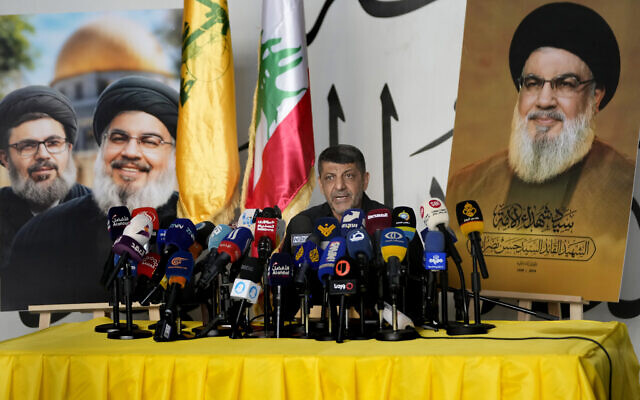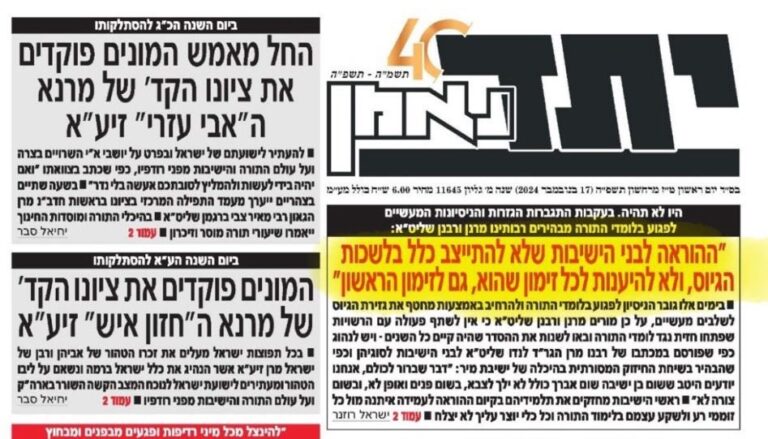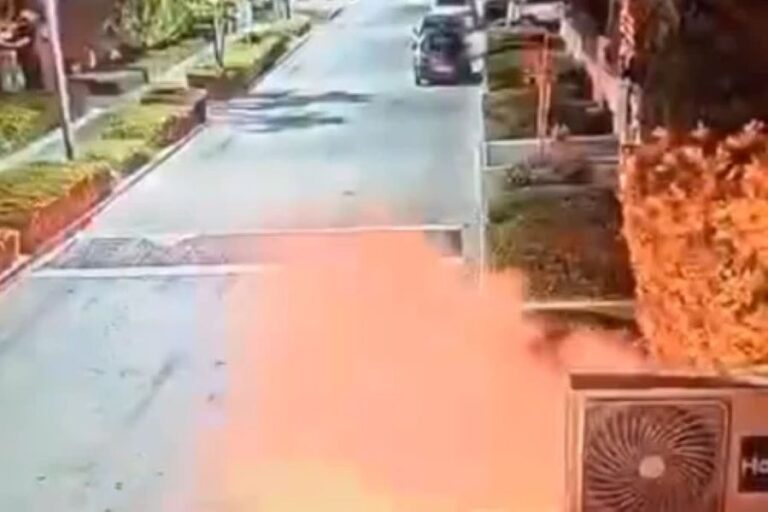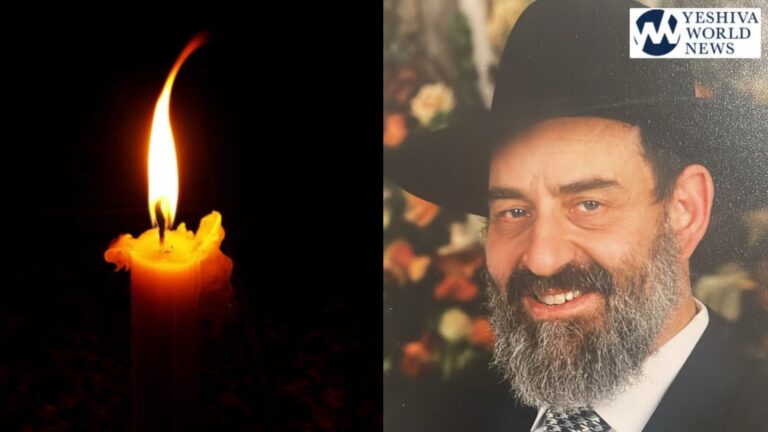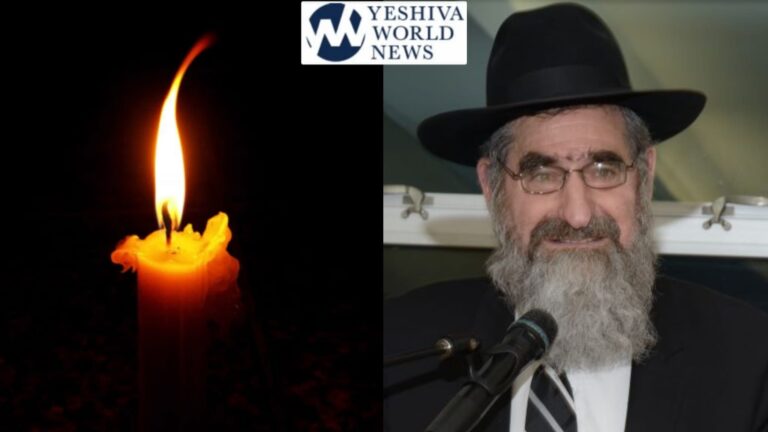 The Syrian government and the main umbrella for Syrian opposition and rebel groups announced on Tuesday they both conditionally accept a proposed U.S.-Russian cease fire that the international community hopes will bring them back to the negotiating table in Geneva for talks to end the war.
The Syrian government and the main umbrella for Syrian opposition and rebel groups announced on Tuesday they both conditionally accept a proposed U.S.-Russian cease fire that the international community hopes will bring them back to the negotiating table in Geneva for talks to end the war.
The announcement came after the United States and Russia agreed on a new cease-fire for Syria that will take effect on Saturday, even as major questions over enforcement of that truce have been left unresolved.
The truce will not cover the Islamic State group, Syria’s al-Qaida-branch known as the Nusra Front, or any other militia that has been designated as a terrorist organization by the U.N. Security Council.
But exactly where in Syria the fighting would stop and where counterterrorism operations can continue under the truce is also still to be addressed. In addition, the five-page plan released by the U.S. State Department leaves open how breaches of the cease-fire will be identified or punished.
The Syrian Foreign Ministry said in a statement Tuesday that it accepts the proposed truce, adding that operations will continue against the Islamic State group, al-Qaida’s branch in Syria and “other terrorist groups linked to them.”
“The Syrian government stresses the right of its armed forces to retaliate against any violation carried out by these groups,” the ministry’s statement said.
The Syrian announcement came after the main umbrella for Syrian opposition and rebel groups, the High Negotiations Committee, said late Monday that it “agrees to a temporary truce” as long as the main opposition’s demands are met.
The HNC said the “acceptance of the truce is conditional” to the Syrian government ending its siege of 18 rebel-held areas, releasing detainees and the cessation of aerial and artillery bombardment.
Talal Sillo, a spokesman for the predominantly Kurdish Syria Democratic Forces told The Associated Press that his group will not abide by the truce because they are fighting against IS in northern Syria.
“Had we been fighting against the Syrian regime or the (opposition) Free Syrian Army, we would have abided by the truce,” said Sillo, whose group has become one of the most effective forces fighting IS extremists.
The U.N.-Russian agreement proposes that the cessation of hostilities start at midnight local time on Friday.
“Military actions, including airstrikes of the Armed Forces of the Syrian Arab Republic, the Russian Armed Forces, and the U.S.-led Counter ISIL Coalition will continue against ISIL, ‘Jabhat al-Nusra’ and other terrorist organizations designated by the UN Security Council,” the agreement says. It referred to ISIL, which is another acronym for the Islamic State group.
U.N. envoy Staffan de Mistura halted the latest Syria talks in Geneva on Feb. 3 because of major differences between the two sides, exacerbated by increased aerial bombings and a large-scale government military offensive under the cover of Russian airstrikes.
It was not immediately clear if de Mistura will set a new date for the resumption of the talks, initially scheduled to resume on Thursday. Last week, de Mistura was quoted by Swedish newspaper Svenska Dagbladet as saying the Syria talks won’t resume in Geneva on Feb. 25 as he had previously hoped, adding that he cannot “realistically” get the parties in the Syrian conflict back to the table by then, “but we intend to do so soon.”
Syria’s state news agency SANA reported late Monday that a new humanitarian aid convoy made up of 44 trucks entered the besieged Damascus suburb of Moadamiyeh. The delivery was conducted under the supervision of the Syrian Arab Red Crescent and the United Nations, SANA said.
On Tuesday, state TV reported that aid entered another rebel-held suburb, Kfar Batna.
The latest distribution of aid came as Peter Maurer, the president of the International Committee of the Red Cross, began a five-day visit to Syria — his fourth since taking office in 2012.
“This is a critical situation at the present moment with millions of people in need and the objective of course of this trip is to scale up our operations and to bring as good as we can more help to Syrian people,” Maurer said in statement.
In northern Syria, the IS on Tuesday captured the town of Khanaser, cutting supply lines for government forces between the northern city of Aleppo and central and western Syria.
The Britain-based Syrian Observatory for Human Rights says IS fighters captured Khanaser along with 12 surrounding hills. The Aamaq news agency, which is affiliated with the extremist group, also reported that IS was now in “full control” of the town, southeast of Aleppo.
The Observatory said 35 troops and 16 IS fighters were killed in the battles, adding that many were wounded. Khanaser lies along the government’s only access route to Aleppo, Syria’s largest city and once commercial center.
The Observatory, which tracks Syria’s civil war, said Tuesday that it has documented the death of 271,138 people since the country’s crisis began five years ago. The activist group also said the real death toll is estimated to be about 100,000 higher than the figure it released, which the Observatory said was based on its lists of deceased people’s names.
The United Nations, which last released a death toll figure for Syria several months ago, says the war has killed 250,000 people.
(AP)

